Abstract
The role of renal ischemia in the pathogenesis of the renal failure produced by hemoglobin injection in the rat is evaluated. The data indicate that in the initial hours of this lesion renal blood flow is consistently reduced and that during its subsequent evolution blood flow rises towards normal levels, in some animals, while inulin clearance remains severely depressed. Volume expansion during the initial stage of the lesion may effect a rise in renal blood flow to normal levels with little effect on inulin clearance rate, further demonstrating the relative lack of dependence of the excretory defect on concomitant renal ischemia. These observations indicate that renal ischemia is probably a necessary factor in the initial production of the lesion; that it persists during its initial phase, up to 24 hours in most rats; and that, although it may contribute to the observed excretory defect, it is not the predominant etiologic factor.
Other functional data indicate that renal blood is perfusing nephrons in which the excretory capacity is impaired but which retain the ability to extract Diodrast from the peritubular capillaries. This functional pattern indicates an excretory defect secondary either to intratubular obstruction or to a primary reduction of glomerular filtration rate of undefined etiology. The morphological findings of numerous dense intratubular hemoglobin casts and, in the well-perfused kidney, dilatation of proximal tubules, are suggestive of an obstructive lesion. However, the data do not conclusively distinguish between these two pathogenetic mechanisms.
Full text
PDF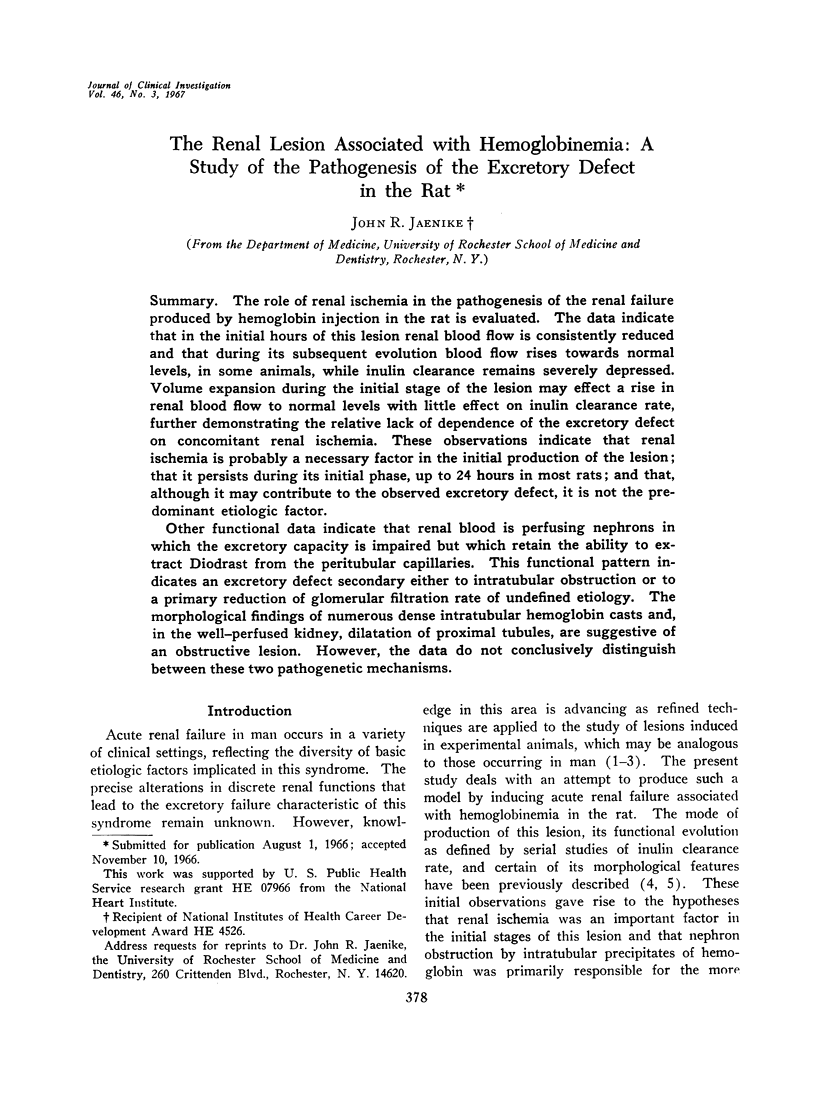
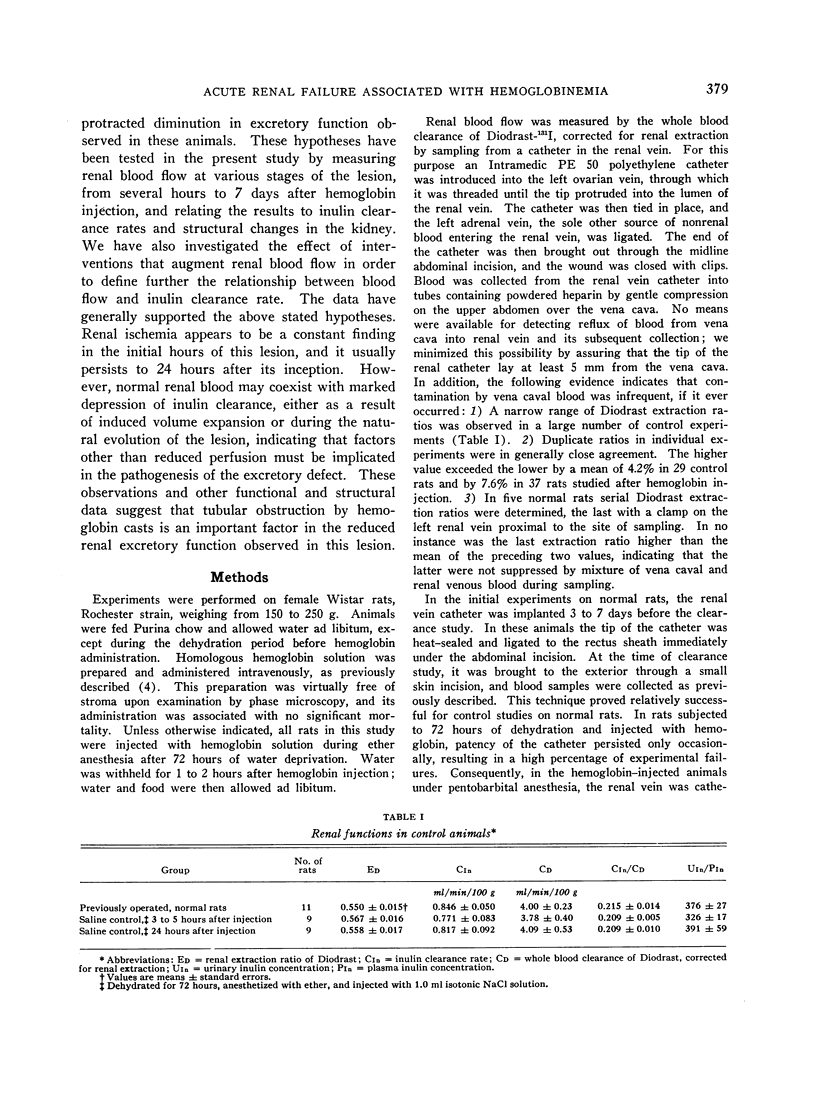
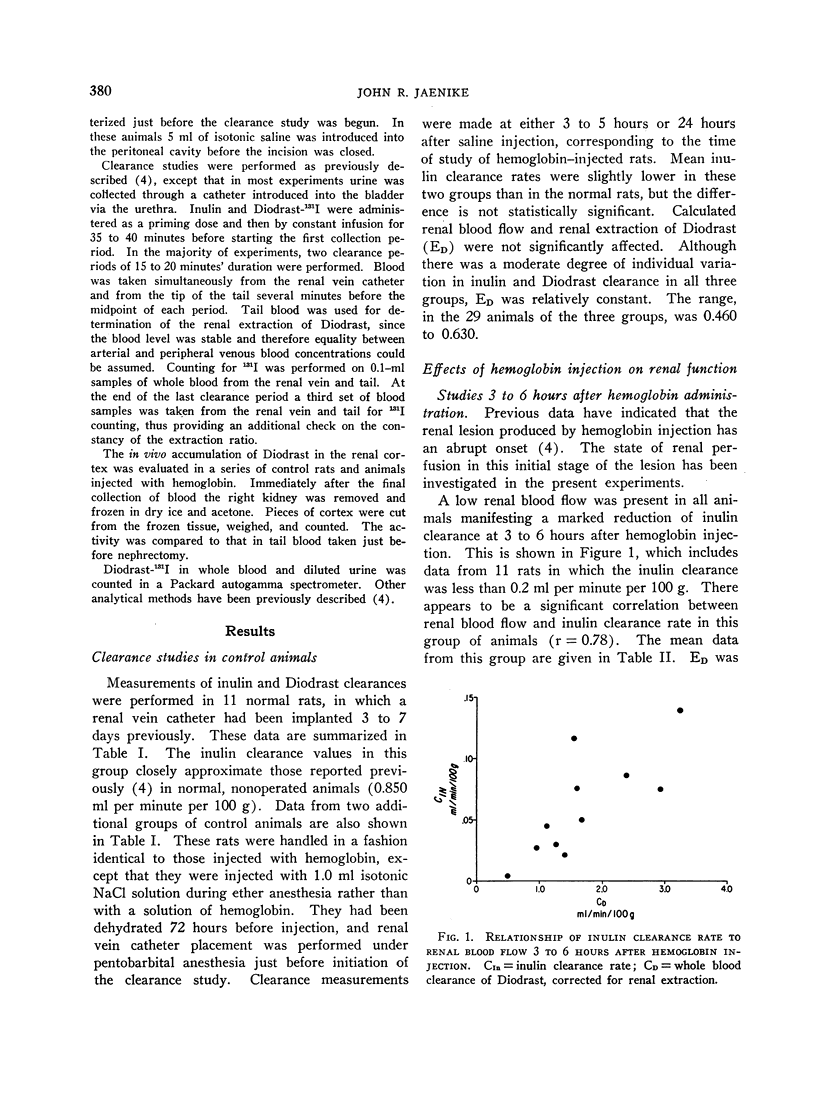
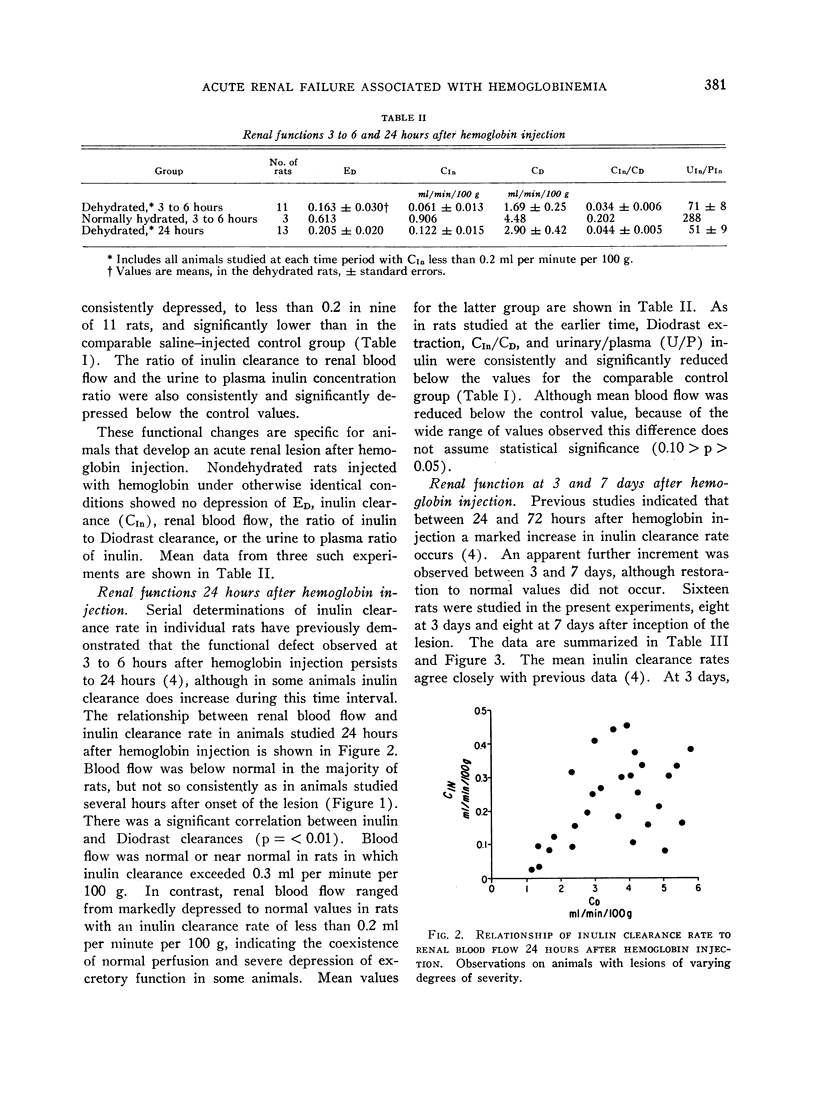
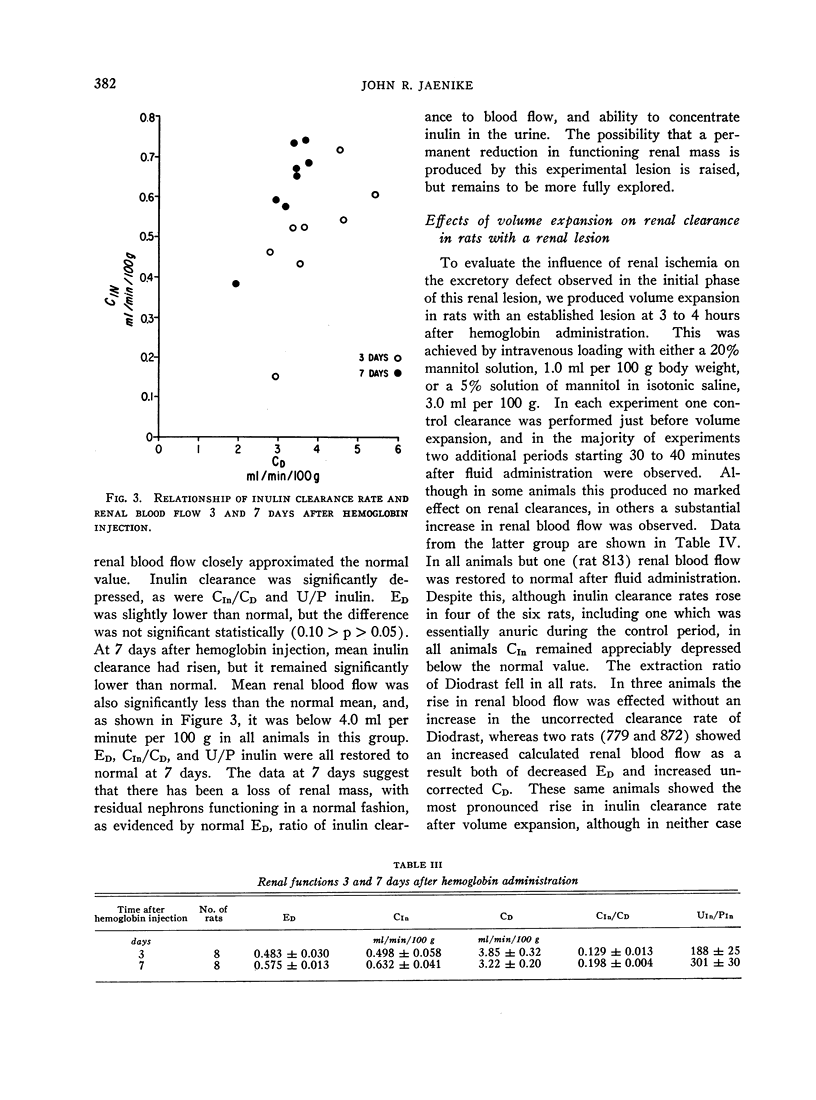
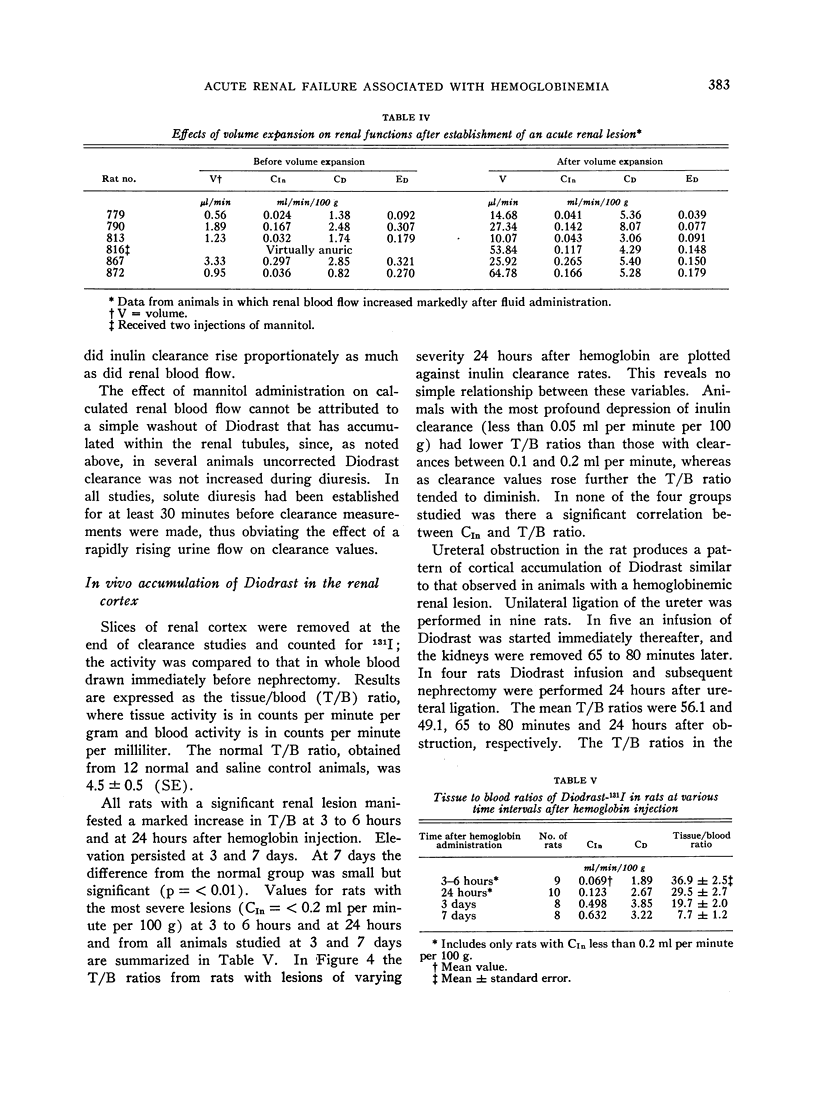
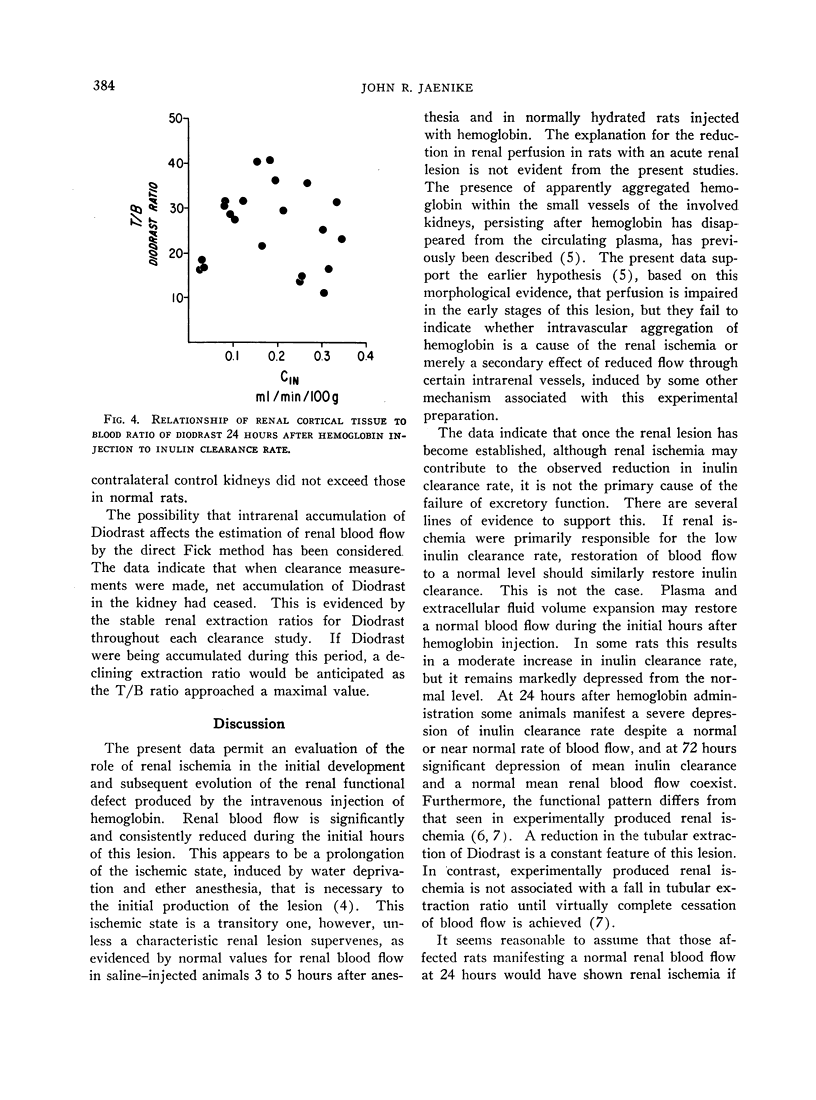
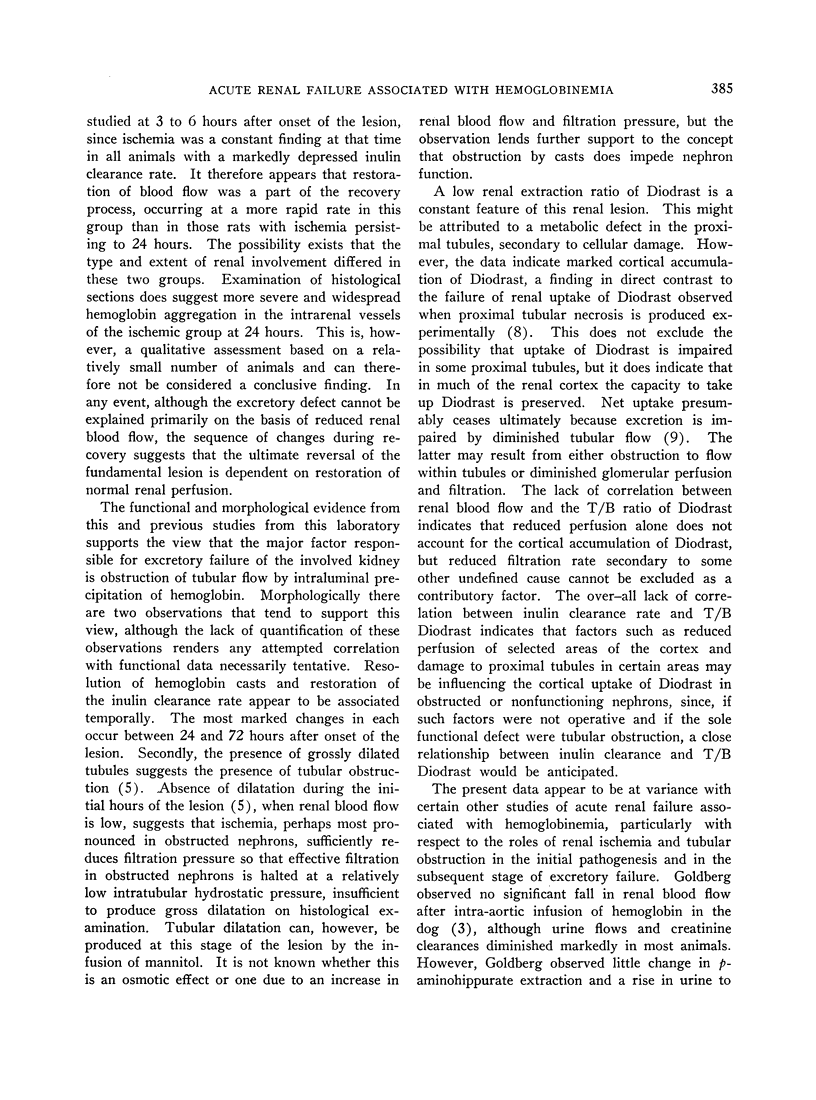
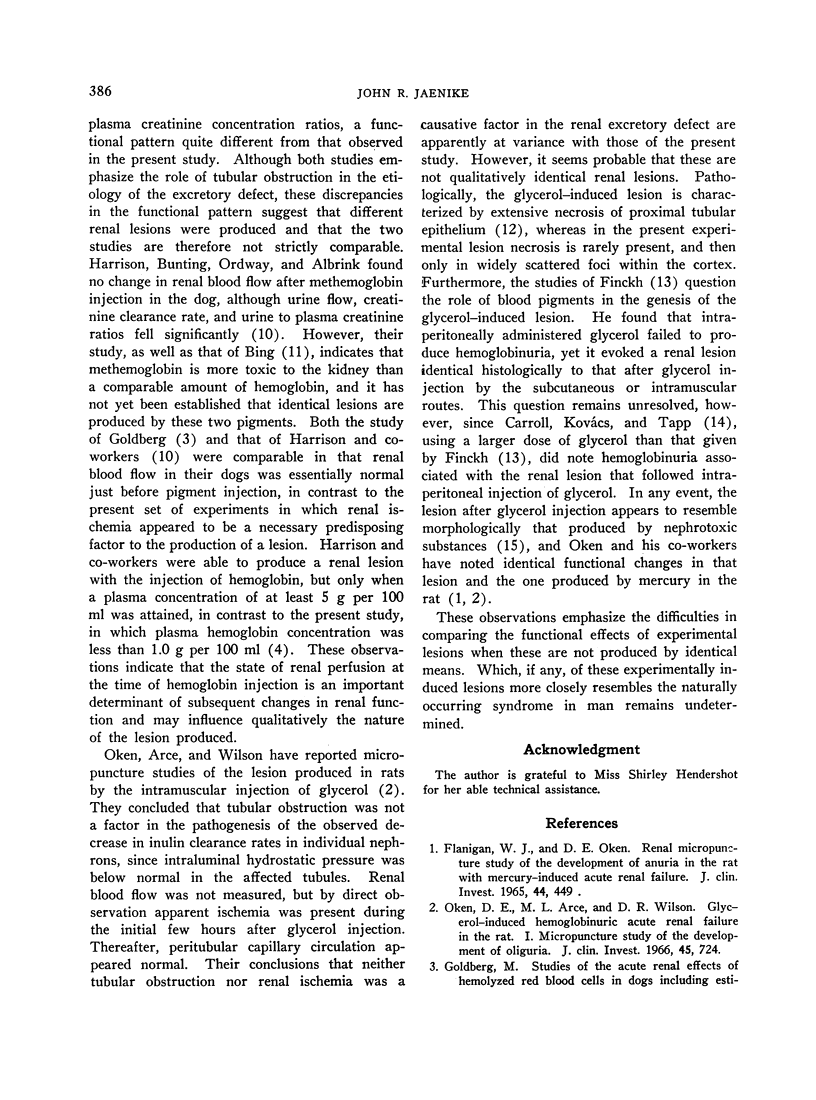
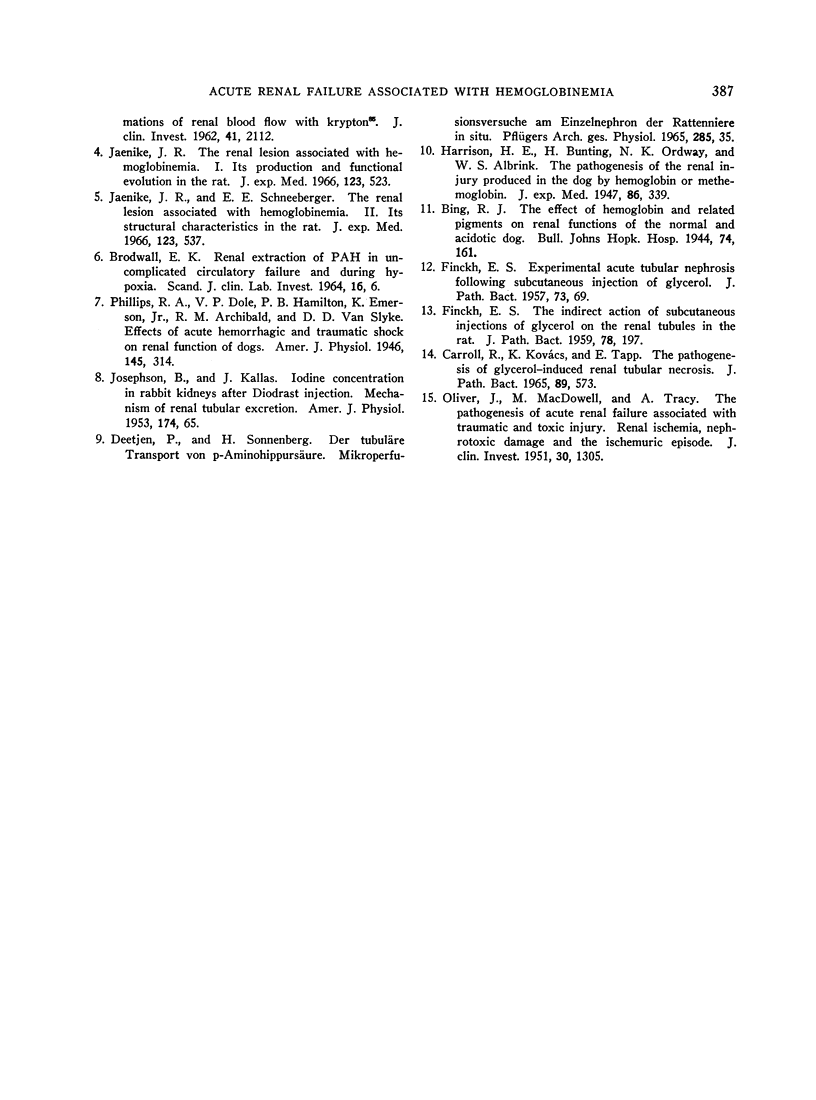
Selected References
These references are in PubMed. This may not be the complete list of references from this article.
- BRODWALL E. K. RENAL EXTRACTION OF PAH IN UNCOMPLICATED CIRCULATORY FAILURE AND DURING HYPOXIA. Scand J Clin Lab Invest. 1964;16:6–11. doi: 10.3109/00365516409060476. [DOI] [PubMed] [Google Scholar]
- CARROLL R., KOVACS K., TAPP E. THE PATHOGENESIS OF GLYCEROL-INDUCED RENAL TUBULAR NECROSIS. J Pathol Bacteriol. 1965 Apr;89:573–580. doi: 10.1002/path.1700890216. [DOI] [PubMed] [Google Scholar]
- Deetjen P., Sonnenbeeg H. Der tubuläre Transport von p-Aminohippursäure. Mikroperfusionsversuche am Einzelnephron der Rattenniere in situ. Pflugers Arch Gesamte Physiol Menschen Tiere. 1965 Jul 16;285(1):35–44. [PubMed] [Google Scholar]
- FINCKH E. S. The indirect action of subcutaneous injections of glycerol on the renal tubules in the rat. J Pathol Bacteriol. 1959 Jul;78:197–202. [PubMed] [Google Scholar]
- FLANIGAN W. J., OKEN D. E. RENAL MICROPUNCTURE STUDY OF THE DEVELOPMENT OF ANURIA IN THE RAT WITH MERCURY-INDUCED ACUTE RENAL FAILURE. J Clin Invest. 1965 Mar;44:449–457. doi: 10.1172/JCI105158. [DOI] [PMC free article] [PubMed] [Google Scholar]
- GOLDBERG M. Studies of the acute renal effects of hemolyzed red blood cells in dogs including estimations of renal blood flow with krypton. J Clin Invest. 1962 Dec;41:2112–2122. doi: 10.1172/JCI104669. [DOI] [PMC free article] [PubMed] [Google Scholar]
- JOSEPHSON B., KALLAS J. Iodine concentration in rabbit kidneys after diodrast injection; mechanism of renal tubular excretion. Am J Physiol. 1953 Jul;174(1):65–71. doi: 10.1152/ajplegacy.1953.174.1.65. [DOI] [PubMed] [Google Scholar]
- Jaenike J. R., Schneeberger E. E. The renal lesion associated with hemoglobinemia. II. Its structural characteristics in the rat. J Exp Med. 1966 Mar 1;123(3):537–545. doi: 10.1084/jem.123.3.537. [DOI] [PMC free article] [PubMed] [Google Scholar]
- Jaenike J. R. The renal lesion associated with hemoglobinemia. I. Its production and functional evolution in the rat. J Exp Med. 1966 Mar 1;123(3):523–535. doi: 10.1084/jem.123.3.523. [DOI] [PMC free article] [PubMed] [Google Scholar]
- Oken D. E., Arce M. L., Wilson D. R. Glycerol-induced hemoglobinuric acute renal failure in the rat. I. Micropuncture study of the development of oliguria. J Clin Invest. 1966 May;45(5):724–735. doi: 10.1172/JCI105387. [DOI] [PMC free article] [PubMed] [Google Scholar]


